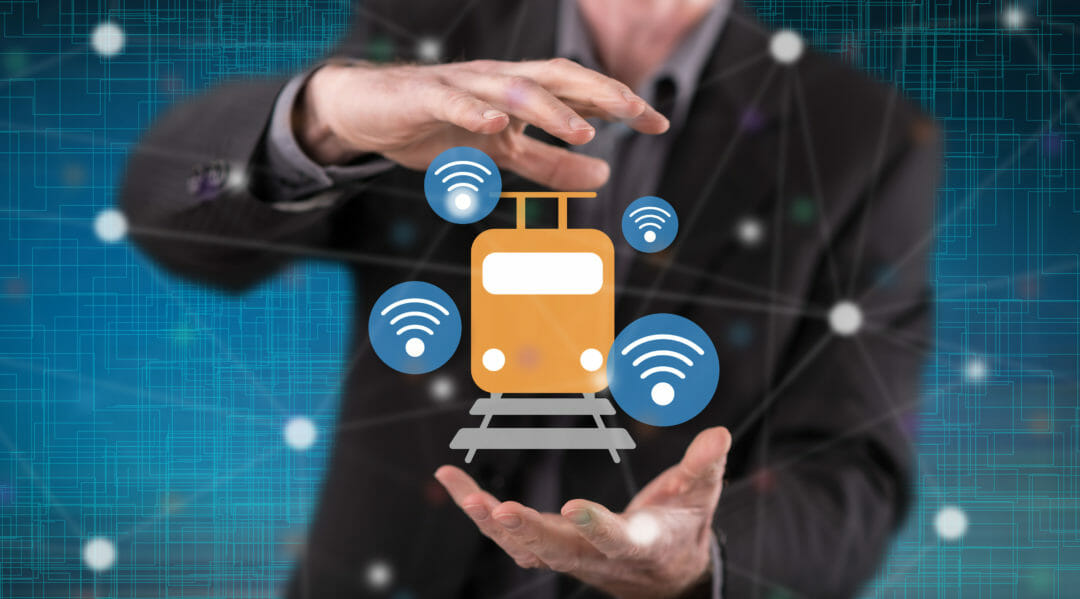The intersection of cities, technology, and data dominates our world. Cities have long been the engine for global growth, and they increasingly rely on technology and data to run well. Unfortunately, despite more than a decade of buzzwords, from the ‘Internet of Things’ to ‘smart cities’, we still under-invest in understanding and using the data our cities create, and this is especially true for public transportation.
Has ‘digital transformation’ become a meaningless buzzword?
For all the technological advances in recent decades, public transport policy prescriptions look basically the same as 80 years ago: build big, expensive subway systems, then run some large buses to complete a city-wide network.
Once built, this infrastructure tends to work well, but it requires decades of work and billions of dollars. It also comes with disadvantages. For one, covering an entire urban area typically means huge operating subsidies, often for many vehicles with few passengers, but that are needed to provide city-wide transport access. Attracting more passengers to low-ridership lines requires frequent service, which costs lots of money, and is hard to justify when ridership is low. Breaking this cycle is tough.
Secondly, the infrastructure is fixed in place. A subway or tram can’t be moved when housing patterns change, or if planners made a poor decision on where to put it in the first place.
Working public transport for the majority world
For emerging market cities that have yet to build out large formal transport networks, we suggest an alternative. In these cities, public transport is largely informal, made up of a huge route network of unsubsidised minibus-taxis, all run by independent operators. These networks transport about 2 billion people (often about 80% of the population) in emerging market cities each month.
Why strand these assets in pursuit of the shiny next step? Instead, relatively cheap upgrades (compared to building a new metro system) can make informal public transport the best way to get around town for everyone, hitting every goal for good public transport: safety, speed, affordability, and access for the entire city.
The surge in flying drones and how they could disrupt mobility and transportation beyond COVID-19
Safety solutions are cheap, and fairly simple. Clear standards would go a long way. More important is a new payment model for drivers. The current setup compensates them for the number of passengers they collect, therefore requiring them to drive fast to make ends meet.
With a city-wide network of dedicated lanes, existing minibus-taxi fleets can be the fastest trip to just about anywhere in a metropolitan area. Even with no subsidies, informal transport already moves the majority world’s urban poor. Funneling just a bit of public funds to reduce prices could make it more affordable still, and a bargain for city governments compared to the 50-60+% operating subsidies that are common for formal urban bus and rail networks.
Since informal networks already cover most developing world cities, no upgrades are needed to reach nearly every urban resident. This is a big advantage over formal systems, for which there is a well-known trade-off between ridership and city-wide access. With constrained resources, cities face a choice between investing in service to serve as many people as possible (typically on main thoroughfares near a city’s core), or expanding service in neighbourhoods without it (typically low-density areas at the periphery).
With smaller vehicles running at lower operating costs, that trade-off doesn’t exist. Informal vehicles fill up with 12-16 people, rather than the 40 sitting passengers needed to fill a city bus. With much lower per km capital and operating costs, coverage is easily done.
Infostructure — the missing piece
To bring this all together, passengers must know how to use the network. They must know how long trips will take, what route options are available, and when vehicles are coming.
We use the term ‘infostructure’ to describe an informational layer that supports a city. Similar to infrastructure, it’s not an end by itself, but rather a foundation for a city that works well. An organised, centralised set of data can help residents make decisions in real time, then help policymakers make smart choices over the long term.
A city’s infostructure layer can inform all essential services, not just public transport. However, public transport infostructure is essential for this vision of a decentralised public transport to work. Vehicles must connect to the network, which must in turn be centrally managed to keep many independent operators working in unison.
Information Age Roundtable: The power of data in transport and logistics
The result can be real-time information on vehicles, at stops, and on cell phones, giving passengers the power to move around their city. Drivers get a ‘passenger finder’, while operators get the data they need to fine-tune operations, economics, and efficiencies.
Residents get a well-oiled network that moves its earning population to and from the places where they get educated, earn money, spend money, and have fun. For most, that’s a much better deal than an expensive subway line that will take a decade to build, then requires several connecting trips (often to connecting bus lines) to reach the final destination.
Realising that vision is possible, but difficult. While cheaper than big, new infrastructure investments, building infostructure requires meaningful investments to hire and train people to manage a complex system.
That investment is worth it. With it, cities can chart a new path for asset-light public transport that delivers better lives for billions, and does so quickly.








